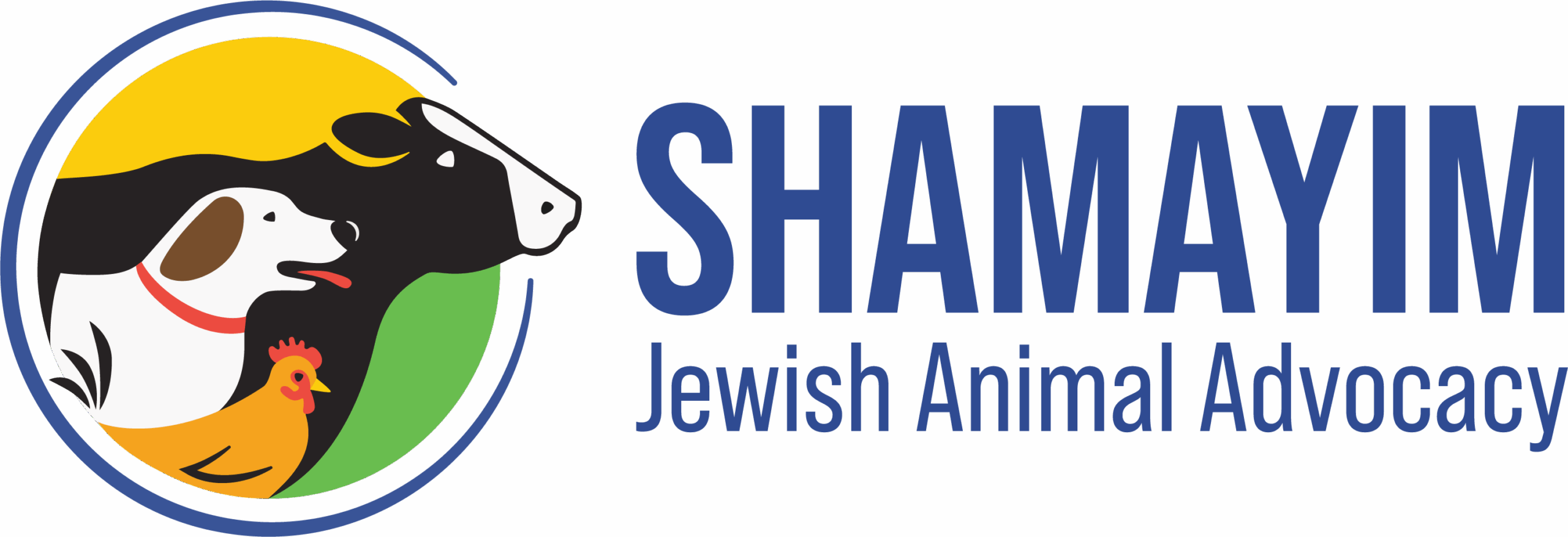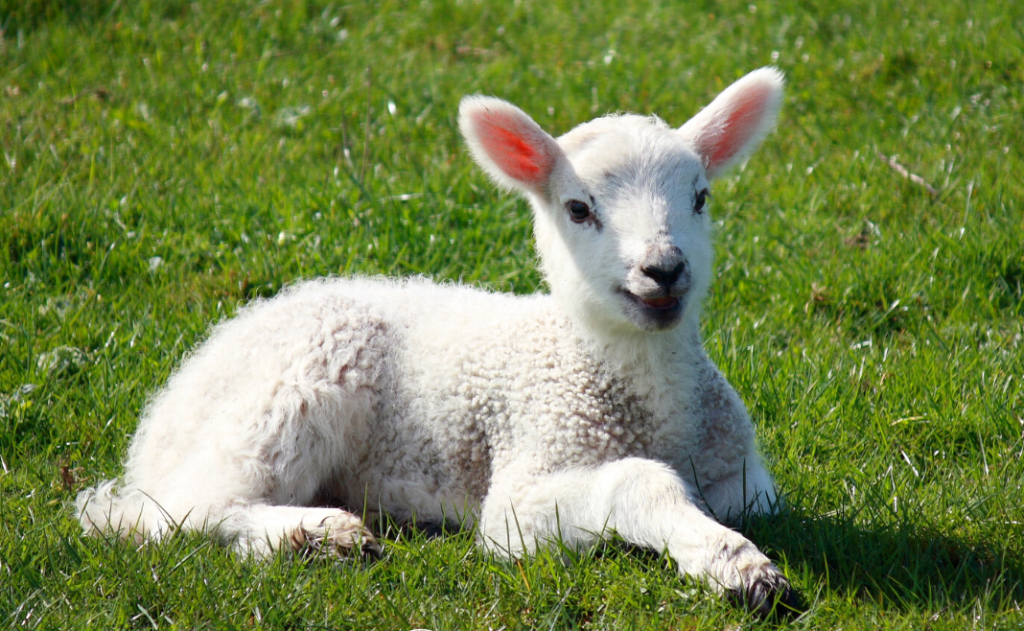March 26th, 2020
ALEX WEISZ
Alas, friends, we have made our way into the book of Leviticus! With this book comes numerous mitzvot surrounding purity, profanity, and sacrifices. The book begins with parashat Vayikra, the longest portion in the entire book with nearly 1700 words outlining the sacrificial system to the Israelites. Since they completed the building of the mishkan last week, the Torah takes the time to outline how it was used. Famously, most of these korbanot, sacrifices, are founded upon the sacrificing of animals.
To be frank, this can be a difficult read for those who are particularly sensitive to the treatment of animals. Since the Middle Ages, there have been numerous works that offer suggestions as to why Israelite worship was largely built around the ritual slaughter of animals, from Maimonides who suggested that it helped the Israelites avoid idolatry, to the Kabbalists who understood the sacrifices to cause a connection between the animal and human soul through the consumption of the animal, and likewise between the physical and heavenly worlds through the scent that ascended from the altar. Despite the discomfort this subject may cause us, the Torah is actually rather explicit as to why animals were used as sacrifices: economics.
In the middle of the chapter, an important condition is made: “And if his means do not suffice for two turtledoves or two pigeons, he shall bring as his offering for that of which he is guilty a tenth of an ephah of choice flour for a sin offering” (Leviticus 5:11) – in short, one who is not wealthy enough to afford an animal to sacrifice may sacrifice bread as an alternative. In my interview last month with Rabbi David Wolpe, I asked him why the Israelites would plead for food (Exodus 16:3) despite having taken their herds and flocks with them (Exodus 12:37-38). His answer was that the Israelites did not see their animals as food per se, but sources of income as shepherds. Ultimately, this verse reflects that notion – if one was not wealthy enough to acquire an animal to sacrifice, there were alternatives. This is only reinforced by the instructions for when the High Priest sins, for which an entire bull is sacrificed (Leviticus 4:3), a very expensive animal that could only be expendable for a very wealthy person.
Though all of the detailed procedures can be overwhelming, the impact of the sacrificial cult of Israel is microscopic compared to the factory farming practices that we see today! Rashi himself notes that, until they enter the Promised Land, the Israelites only consumed meat related to the sacrifices. Certainly the korbanot are difficult for many contemporary readers to relate to, as they have not been practiced in over 2000 years. In fact, the idea of resuming animal sacrifices upon the dawn of the Messianic era is one of the central divisions within Jewish theology!
Just as money can replace chickens in the practice of kapparot, we stand by the idea that as a largely non-agrarian people, the agriculturally-minded mitzvot surrounding the first fruits, korbanot, and more can likewise be replaced with money. In fact, many of the Torah’s commands surrounding animals are, in truth, within the Torah’s economic principles, such as when Moses warns the Israelites not to credit themselves for the bountiful harvests that God will grant them in the Promised Land (Deuteronomy 8:11-20). In fact, the legendary Rabbi Akiva stated that “Tithes are a safeguarding fence around wealth” (Pirkei Avot 3:13). Whether the Israelites grew produce or raised animals, there was a routine expectation for those goods to be brought to the Temple. Both the Torah and the Sages are clear regarding the economic implications of these rituals! Though many of us are uncomfortable with the commodification of animals in this context or any other, rather than combatting historical instances of this, let us instead look to the far more gruesome practices today. In our time, billions of animals are slaughtered each year, in theory, for consumption by humans. In truth, much of it goes unsold and uneaten, despite the considerable environmental and economic resources that went into its production. Though the latter can be subsidised by government bailouts, the former most certainly cannot. In addition to being the largest industrial producer of carbon emissions, animal agriculture has been the source of numerous pandemics, including the H1N1 “Swine Flu”, which began right here in the United States.
Wealthy, corrupt interests threaten humanity and the world. May the korbanot serve as a reminder for us to protect ourselves and others from excessive greed, self-interest, and destructive practices towards others, especially when there are reasonable, cruelty-free alternatives.
Shabbat Shalom.


Leave a Reply